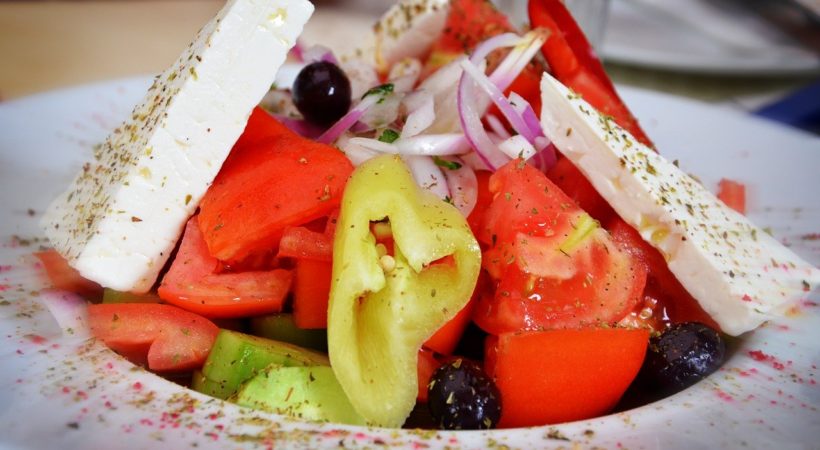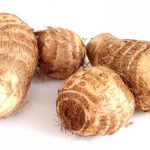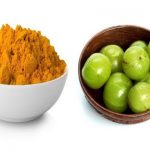What to eat, when suffering from inflammatory bowel disease (IBD)

One of the most frequent questions that patients with inflammatory bowel disease (IBD) ask is: what should I eat?
It is clear that in addition to genetic factors, certain environmental factors, including diet, may trigger the excessive immune activity that leads to intestinal inflammation in IBD, which includes both Crohn’s disease and ulcerative colitis (UC). However, the limited number and high variability of studies have made it difficult to confidently advise patients regarding which specific foods might be harmful and which are safe or may actually provide a protective benefit.
New IBD dietary guidelines
To help patients and providers navigate these nutritional questions, the International Organization of IBD (IOIBD) recently reviewed the best current evidence to develop expert recommendations regarding dietary measures that might help to control and prevent relapse of IBD. In particular, the group focused on the dietary components and additives that they felt were the most important to consider because they comprise a large proportion of the diets that IBD patients may follow.
The IOIBD guidelines include the following recommendations:
| Food | If you have Crohn’s disease | If you have ulcerative colitis |
| Fruits | increase intake | insufficient evidence |
| Vegetables | increase intake | insufficient evidence |
| Red/processed meat | insufficient evidence | decrease intake |
| Unpasteurized dairy products | best to avoid | best to avoid |
| Dietary fat | decrease intake of saturated fats and avoid trans fats | decrease consumption of myristic acid (palm, coconut, dairy fat), avoid trans fats, and increase intake of omega-3 (from marine fish but not dietary supplements) |
| Food additives | decrease intake of maltodextrin-containing foods | decrease intake of maltodextrin-containing foods |
| Thickeners | decrease intake of carboxymethylcellulose | decrease intake of carboxymethylcellulose |
| Carrageenan (a thickener extracted from seaweed) | decrease intake | decrease intake |
| Titanium dioxide (a food colorant and preservative) | decrease intake | decrease intake |
| Sulfites (flavor enhancer and preservative) | decrease intake | decrease intake |
The group also identified areas where there was insufficient evidence to come to a conclusion, highlighting the critical need for further studies. Foods for which there was insufficient evidence to generate a recommendation for both UC and Crohn’s disease included refined sugars and carbohydrates, wheat/gluten, poultry, pasteurized dairy products, and alcoholic beverages.
How would observing these guidelines help?
The recommendations were developed with the aim of reducing symptoms and inflammation. The ways in which altering the intake of particular foods may trigger or reduce inflammation are quite diverse, and the mechanisms are better understood for certain foods than others.
For example, fruits and vegetables are generally higher in fiber, which is fermented by bacterial enzymes within the colon. This fermentation produces short-chain fatty acids (SCFAs) that provide beneficial effects to the cells lining the colon. Patients with active IBD have been observed to have decreased SCFAs, so increasing the intake of plant-based fiber may work, in part, by boosting the production of SCFAs.
However, it is important to note disease-specific considerations that might be relevant to your particular situation. For example, about one-third of Crohn’s disease patients will develop an area of intestinal narrowing, called a stricture, within the first 10 years of diagnosis. Insoluble fiber can worsen symptoms and, in some cases, lead to intestinal blockage if a stricture is present. So, while increasing consumption of fruits and vegetable is generally beneficial for Crohn’s disease, patients with a stricture should limit their intake of insoluble fiber.
Specific diets for IBD?
A number of specific diets have been explored for IBD, including the Mediterranean diet, specific carbohydrate diet, Crohn’s disease exclusion diet, autoimmune protocol diet, and a diet low in fermentabll Schoole oligo-, di-, monosaccharides, and polyols (FODMAPs).
Although the IOIBD group initially set out to evaluate some of these diets, they did not find enough high-quality trials that specifically studied them. Therefore, they limited their recommendations to individual dietary components. Stronger recommendations may be possible once additional trials of these dietary patterns become available. For the time beinicag, we generally encourage our patients to monitor for correlations of specific foods to their symptoms. In some cases, patients may explore some of these specific diets to see if they help.
New guidelines are a good place to start
All patients with IBD should work with their doctor or a nutritionist, who will conduct a nutritional assessment to check for malnutrition and provide advice to correct deficiencies if they are present.
However, the recent guidelines are an excellent starting point for discussions between patients and their doctors about whether specific dietary changes might be helpful in reducing symptoms and risk of relapse of IBD. Source: Harvard Medical School















